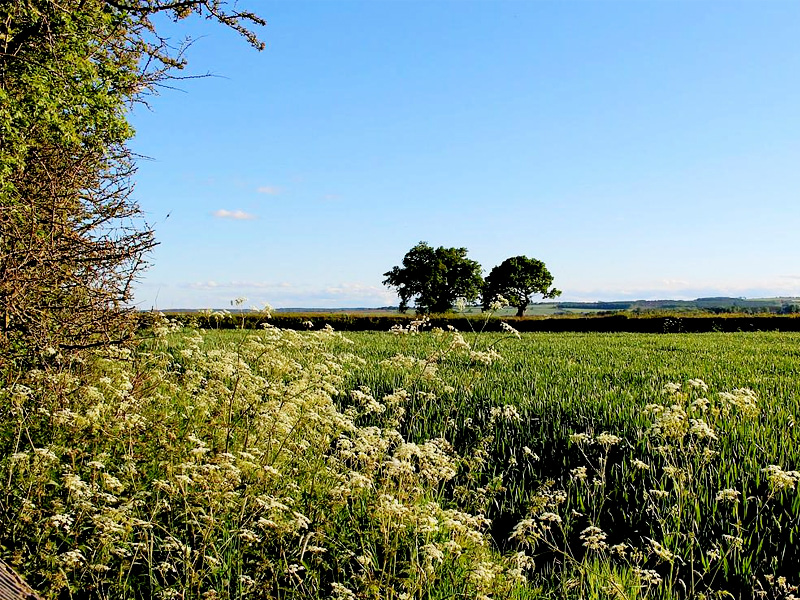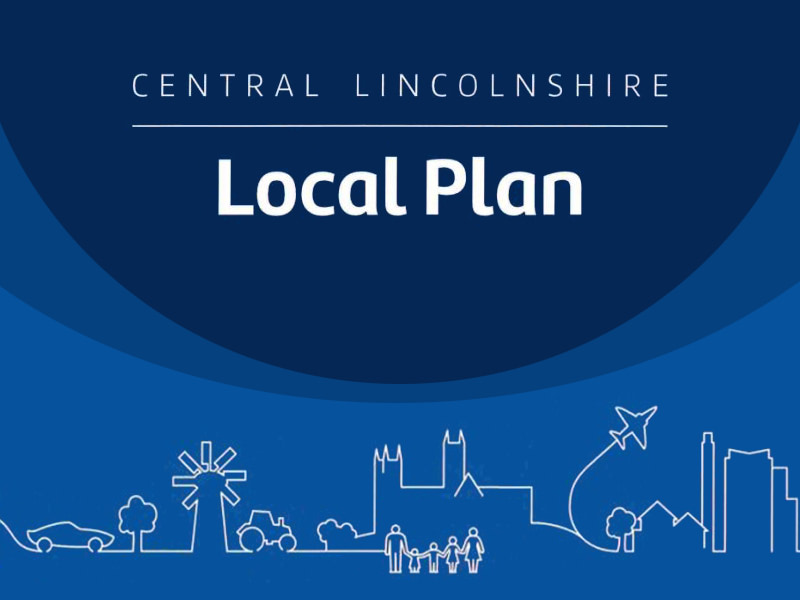The local plan is a vital tool for land development and land use management in communities. For farmers, having their land included in the local plan can offer numerous benefits, such as increased property value, land protection, and potentially a way to raise capital.
However, when it comes to successfully adding farmland to the local plan, it is not straightforward, and several factors need to be considered.
Understand the Local Planning Process
Before diving into the process of adding your land to the local plan, it’s crucial to familiarise yourself with your local planning authorities and their regulations. Typically, local planning processes involve zoning, land use regulations, and comprehensive plans that outline the community’s vision for growth and development.
Determine Your Land’s Eligibility
Not all land may be eligible for inclusion in the local plan. Determining if your land meets the criteria set by your local planning authorities is essential. Common factors that affect eligibility include the land’s location, size, and existing zoning.
Engage With Local Officials and Stakeholders
Building relationships with local officials and stakeholders is critical to successfully navigating the local planning process. Attend town meetings, workshops, and public hearings to understand the concerns and priorities of your community. This engagement can help you gather support for your land’s inclusion in the local plan.
Hire Professional Help
Consult with experts who are well-versed in local planning regulations and land development, such as Walter’s Rural. We have a great deal of experience in helping farmers add their land to the local plan and can handle this complex and daunting process for you.
Develop A Compelling Proposal
To make a strong case for adding your land to the local plan, we will develop a compelling proposal that aligns with the community’s goals. We will consider:
- Land Use Plan: Creating a detailed land use plan that outlines how your land fits into the community’s vision for development and growth.
- Environmental Impact: Assess and address potential environmental impacts, showcasing your commitment to sustainable land use.
- Community Benefits: Highlight how your proposal will benefit the local community, such as job creation, increased tax revenue, or enhanced public amenities.
The Application Process
We will contact your local planning department for the necessary forms and guidelines. We will undertake the application process for you.
Public Engagement And Feedback
You should expect your proposal to undergo a public review process. We will help you engage with neighbours and community members to address their concerns and gather support for your plan. Public input can significantly influence the decision-making process.
Attend Public Hearings
When your proposal is scheduled for review at public hearings, attend and present your case. Be prepared to answer questions, provide additional information, and respond to concerns raised by local officials and community members.
Be Patient And Persistent
Adding your land to the local plan can be time-consuming and may involve setbacks. Patience and persistence are essential virtues during this journey. Continue to engage with local authorities and adapt your proposal to address any concerns or objections.
Adding your land to the local plan is a complex but potentially rewarding process. Thankfully, we have considerable experience in this area and should you need any help or advice, please don’t hesitate to call Ray Phillips on 01522 696496 or email ray@walters-rural.com




